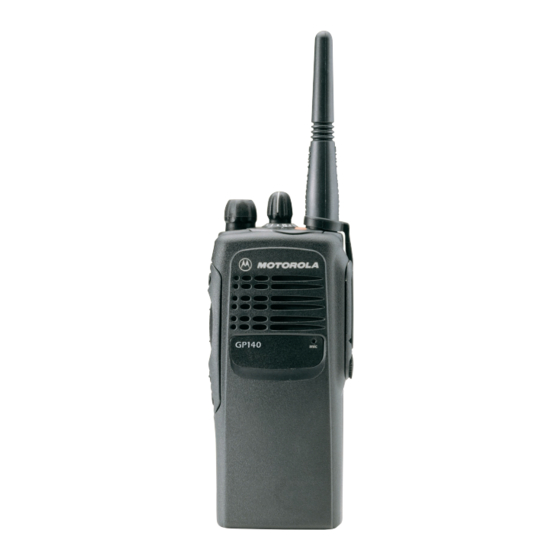Motorola GP340 ATEX Informationen zum Dienst - Seite 13
Blättern Sie online oder laden Sie pdf Informationen zum Dienst für Radio Motorola GP340 ATEX herunter. Motorola GP340 ATEX 26 Seiten. Professional radio, power distribution and controller
Auch für Motorola GP340 ATEX: Spezifikationsblatt (5 seiten), Benutzerhandbuch (31 seiten), Spezifikationsblatt (2 seiten), Benutzerhandbuch (30 seiten), Benutzerhandbuch (30 seiten), Grundlegendes Benutzerhandbuch (10 seiten), Informationen zum Dienst (32 seiten), Informationen zum Dienst (30 seiten), Informationen zum Dienst (24 seiten), Informationen zum Dienst (31 seiten), Informationen zum Dienst (43 seiten), Informationen zum Dienst (30 seiten)

